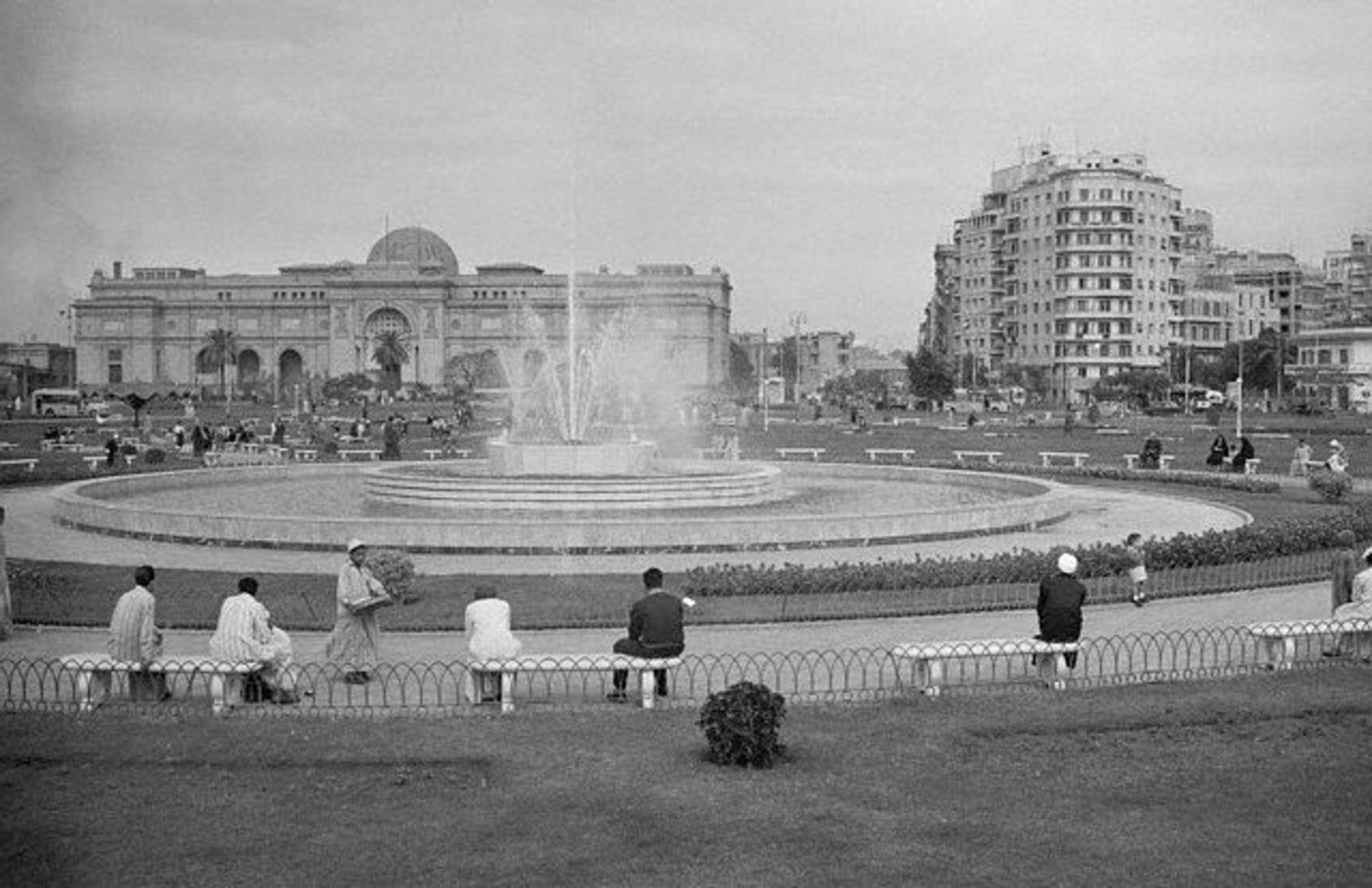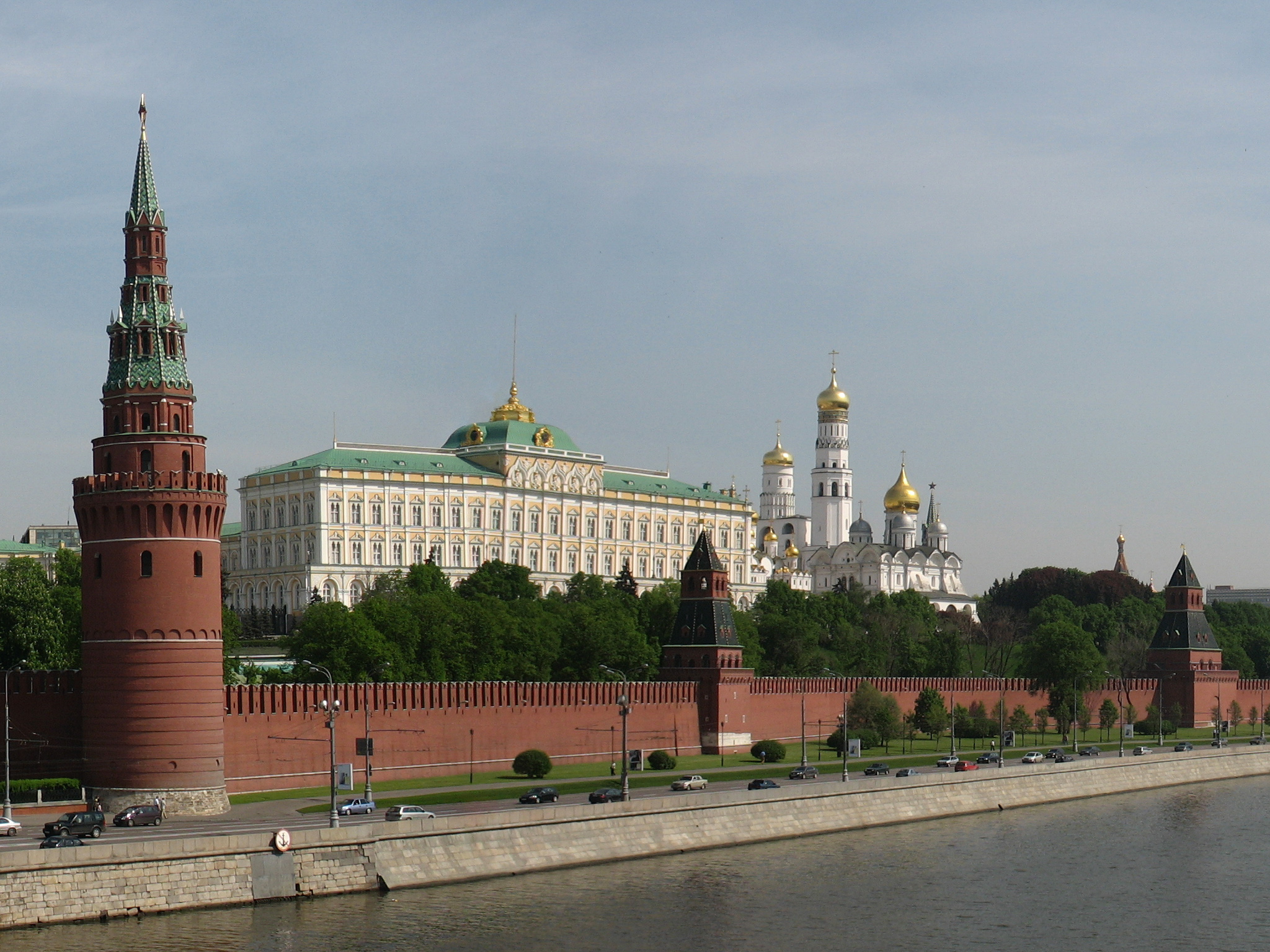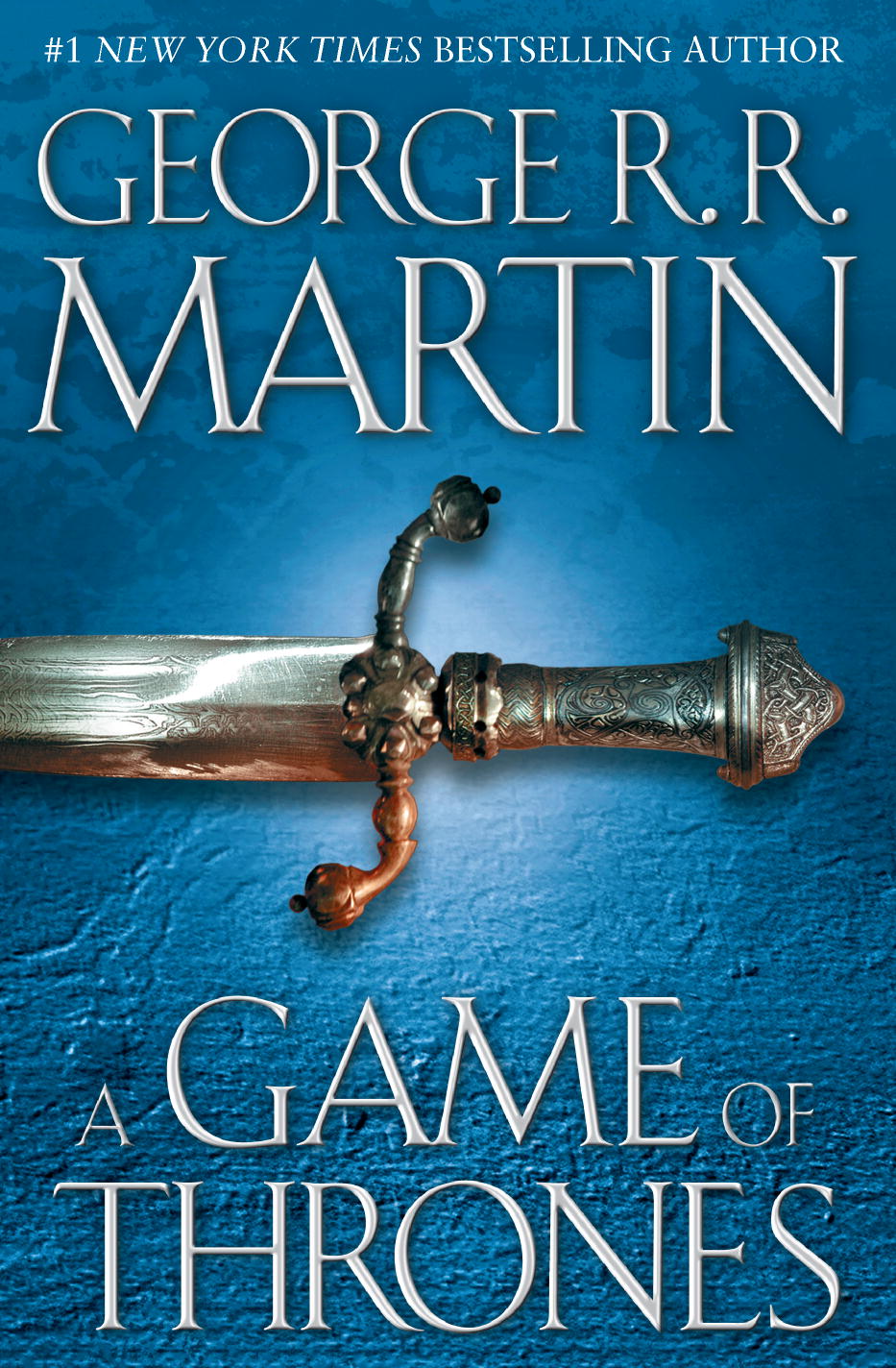 |
| Still from Aguirre the Wrath of God |
New York : Amulet Books, 2015.
295 p. ; 21 cm.
A creative, funny, sometimes vulgar, and ultimately meaningful book about a young man - Greg Gaines - who strives to stay unattached through high school, but ends up pressured by his mother into a relationship with a dying girl - and has to question just who he is and what life means to him.
Part of the wonderful catch to this book is that until he's pushed to be friends with Rachel, the dying girl, Greg has one other "friend" - fellow amateur filmmaker Earl. Earl and Greg also love film, and the film that they both love best is Werner Herzog's classic, Aguirre the Wrath of God (and so the graphic above).
A lot of the power of this book - which became a bestseller and was well reviewed - owes to it's humor and cynical slant. Greg is not about to try and learn any deep life lessons from his involvement with Rachel - but he does come to sort of like Rachel in a normal, low-key friendship way. He also comes to understand that his privileged life is nothing like Earl's life with his intensely dysfunctional family.
There is a lot of bodily, vulgar boy humor in this novel, but that surely is part of what made it successful. Finally, the movie version of the book did extremely well at Sundance and was bought by by Fox which can only increase the book's appeal.









